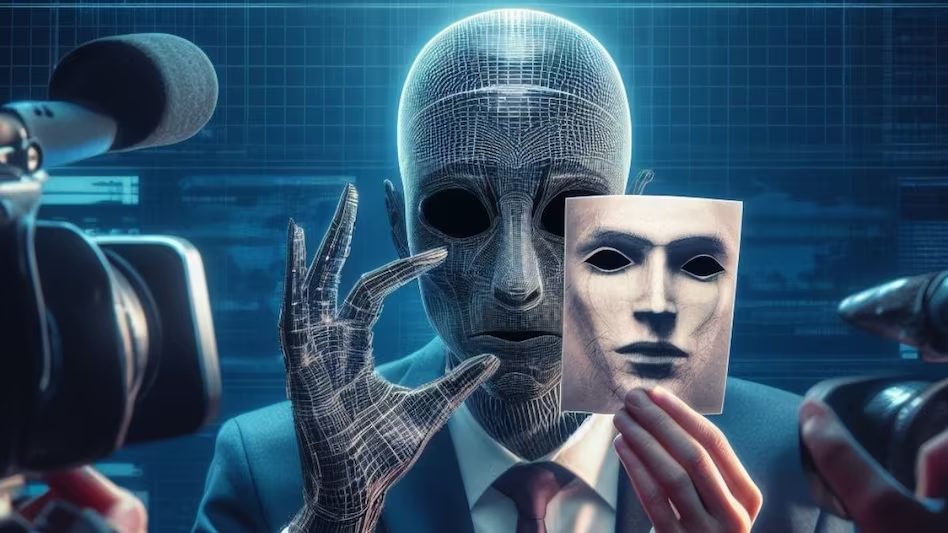Deepfakes are the ones that involve the generation of surprisingly real photo and video content using machine learning techniques that change facial qualities or actions as well as voice recordings.

The term conveys a combination of “deep learning” and “fake” Although not novel, this innovation has gone through rapid progress fueled by AI, resulting in easy accessibility to anyone with just open-source tools and little training data by anyone.
Deepfake videos can be compelling in fake images of individuals uttering or making something they have never spoken or done. Despite this, one of the most noticeable features in deepfake videos is the mismatch between the audio track and the visual element mainly, in lip-syncing.
Viewers usually can do this by simply following the speaker’s lips at the same time as the sound is being played.
The natural synchronization of the lips with the spoken words is captured in authentic videos, indicating the speaker’s actual pure art. Nonetheless, in Deepfake, the fact that both audio and visual facets are manipulated simultaneously, causes lip-syncing to look not natural or slightly out of time.
They cause some issues, mainly fake news dissemination, propaganda circulating, and identity theft. The University of Aberdeen in Scotland has concluded a study in which illegal use and abuse of solely artificial intelligence-generated images or voices can not be spotted.
More than two-thirds of the respondents failed to recognize the difference signalling a need for more strict regulation of deepfake as the coming US Presidential elections approach.
The study has shown the need for more knowledge when working with AI-generated content as we are surrounded by tech devices nowadays and technology is a major factor in forming opinions and interaction.
In a time of the internet where misinformation and scams spread easily, it is necessary to be careful and to check if the digital media you get is authentic or not.
Although fake scammers can render very persuasive photos or videos, they never manage to create the context in which the content was produced. The only way to deal with this peril is by employing such tools as Google Fact Check Explorer, VerifyThis, or Snopes, which can, in this case, be a great source that helps in the verification of the information.



